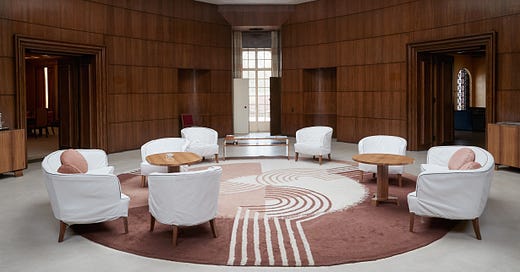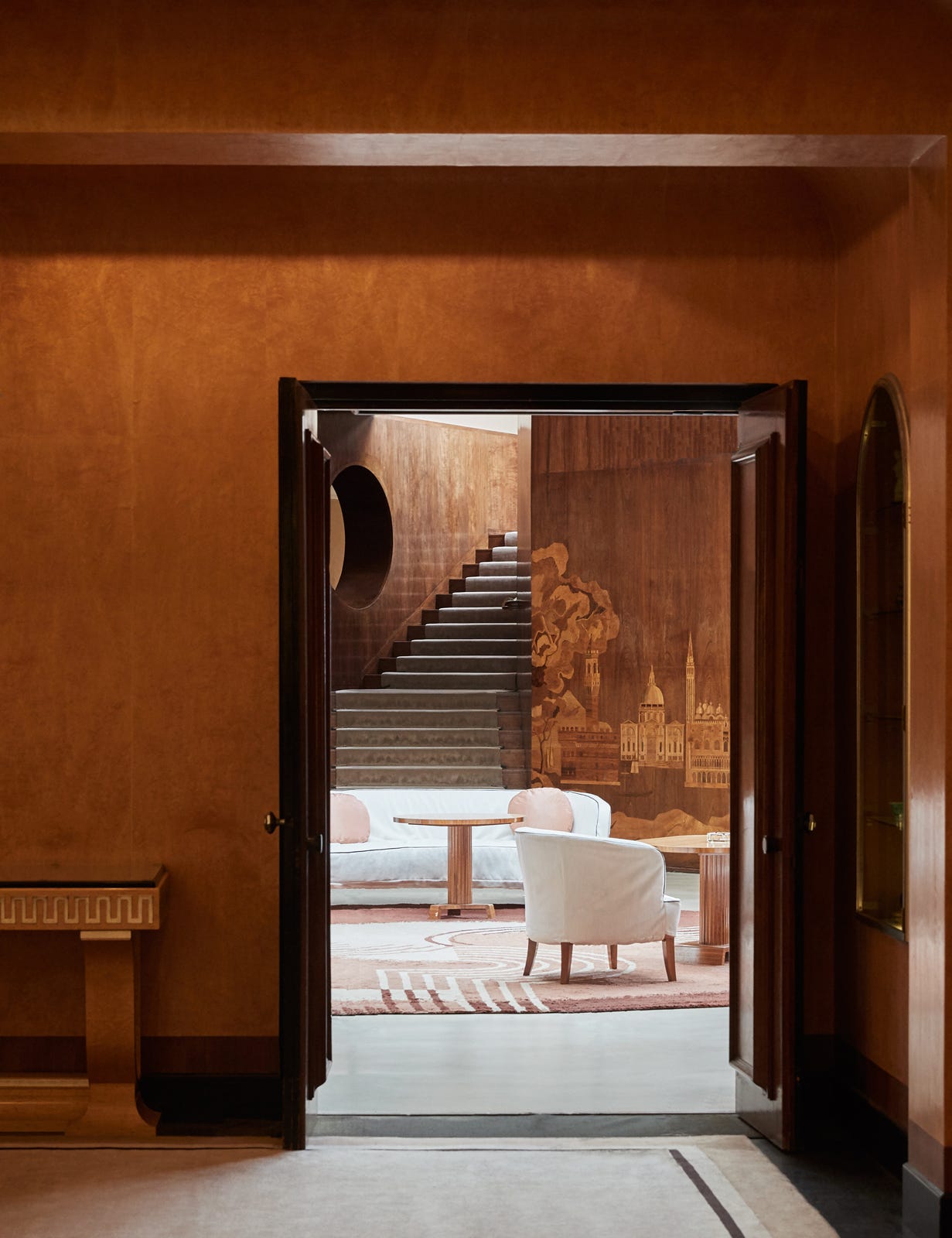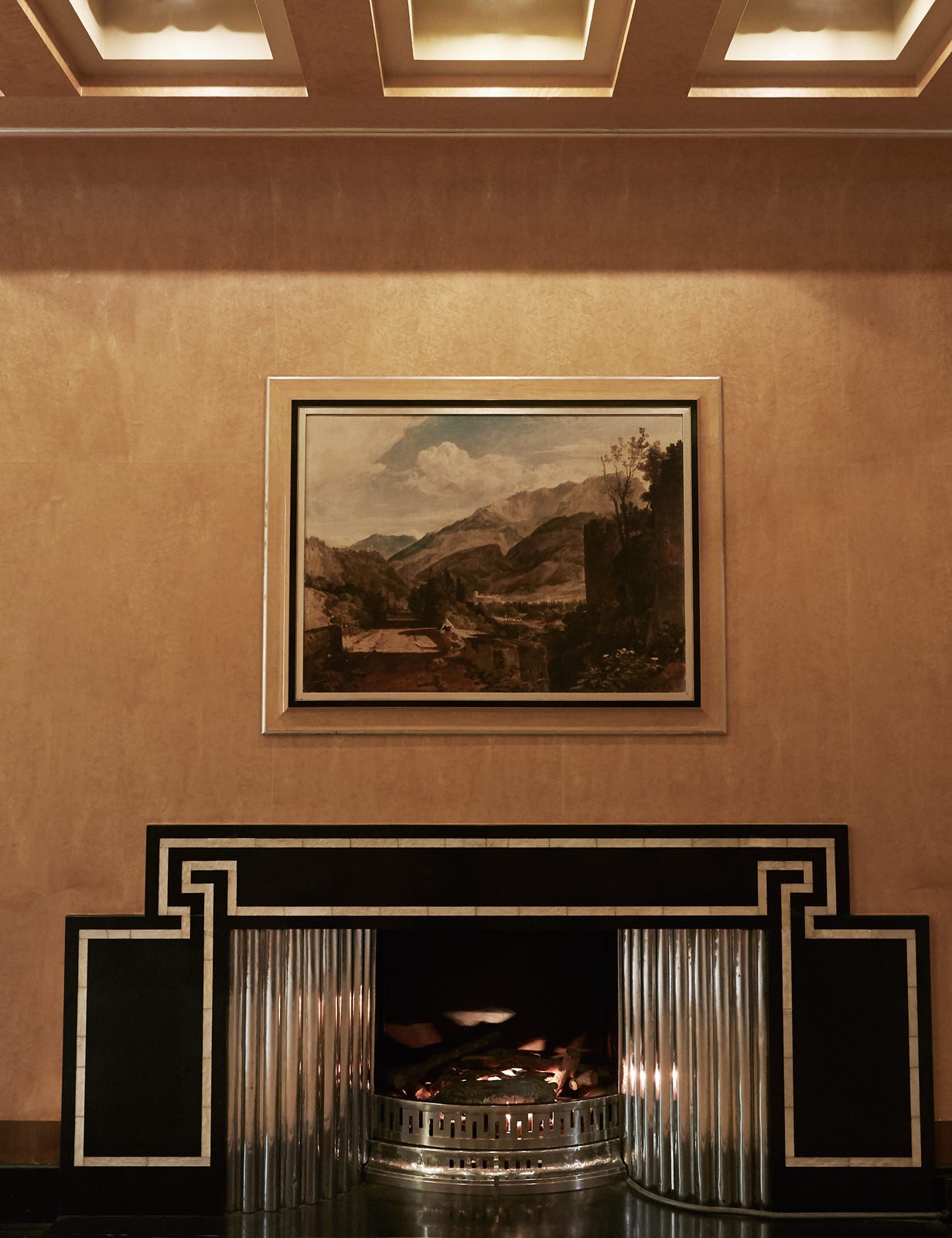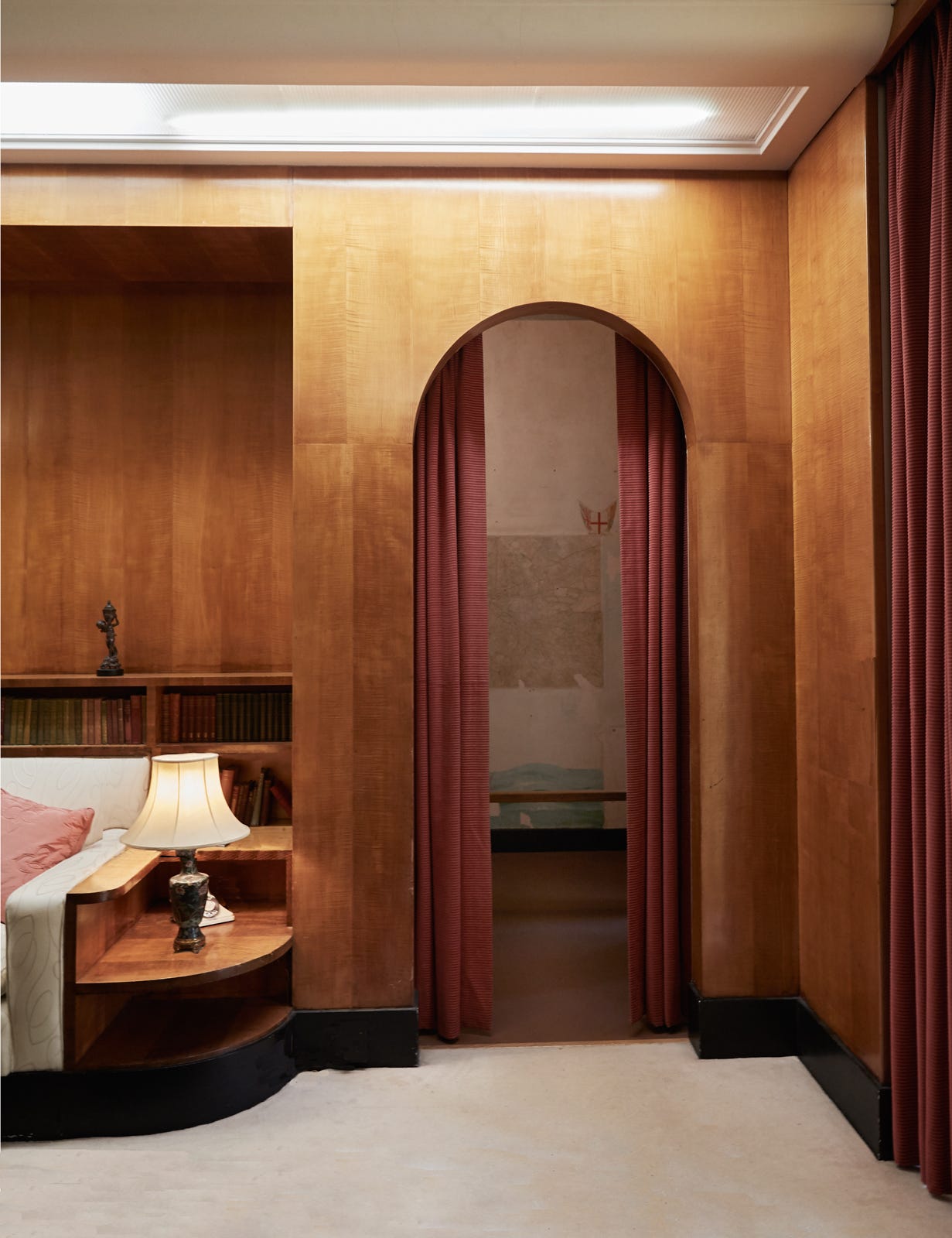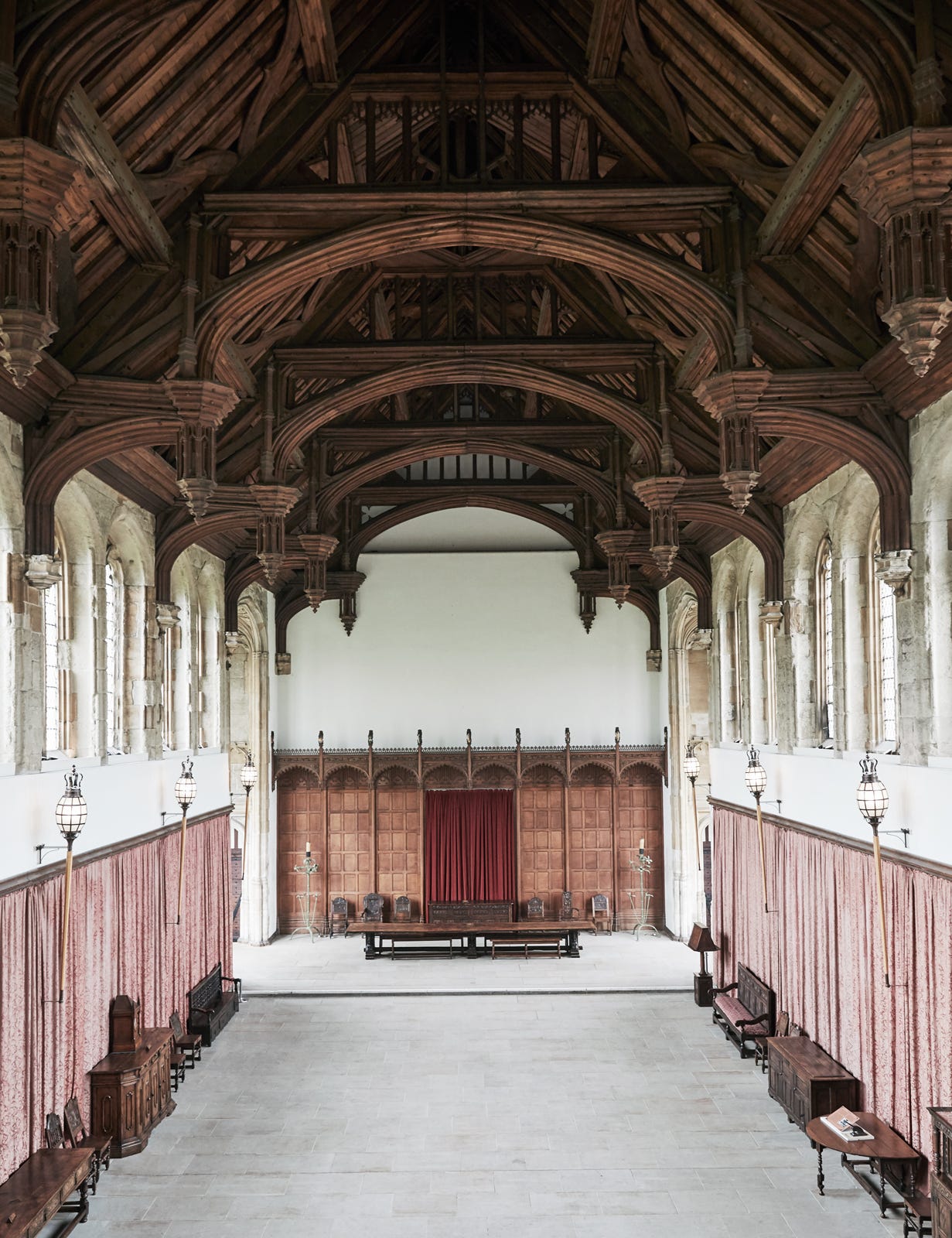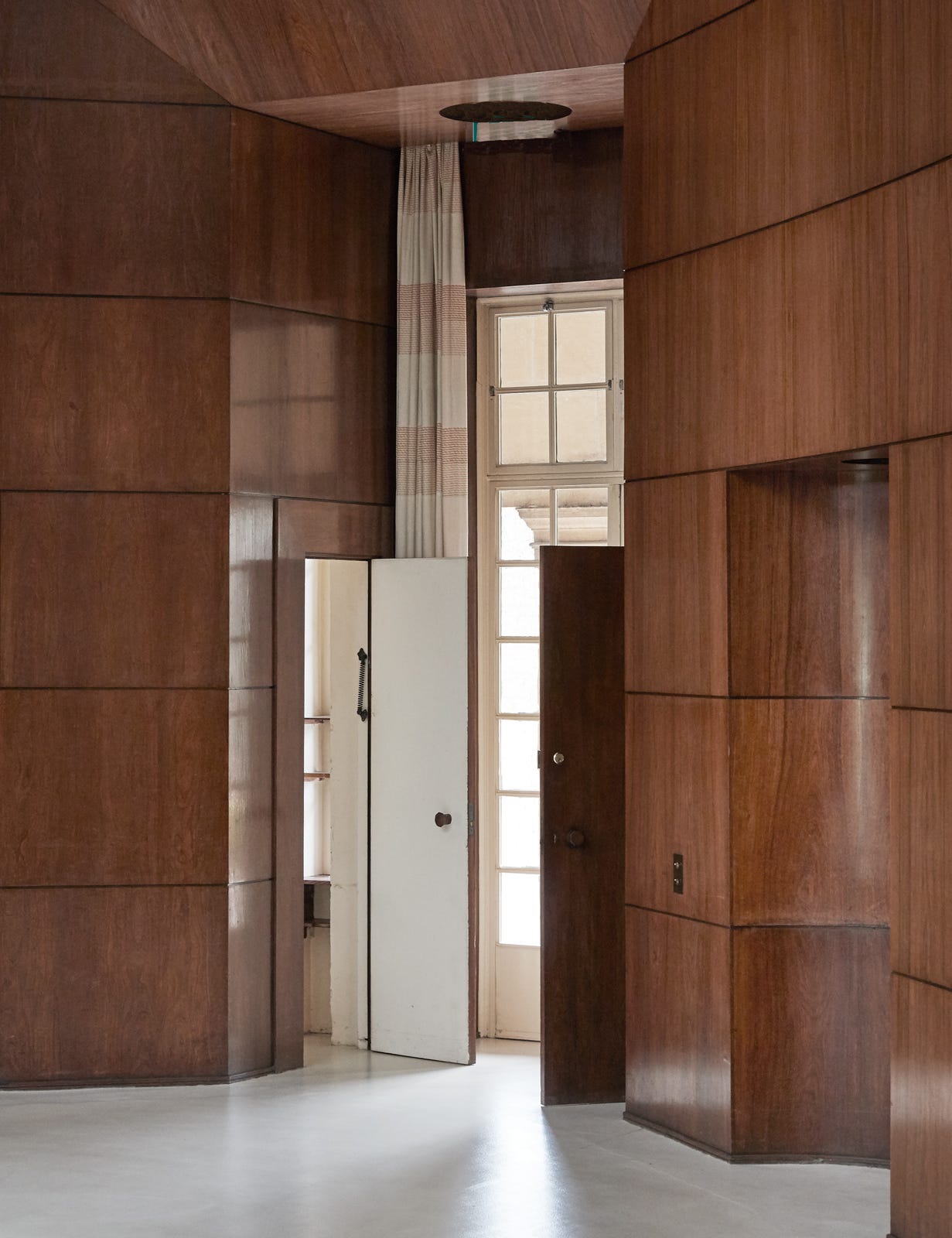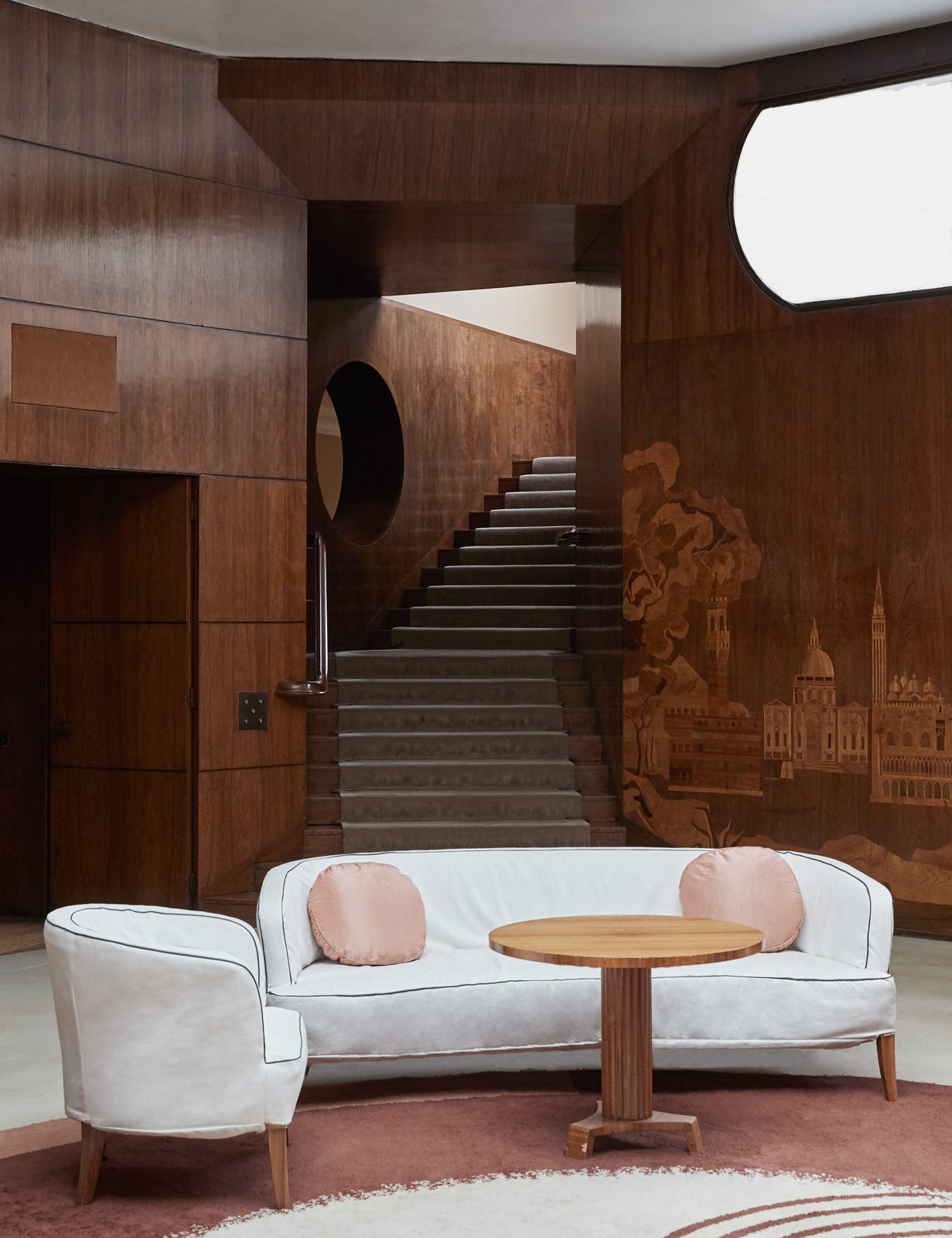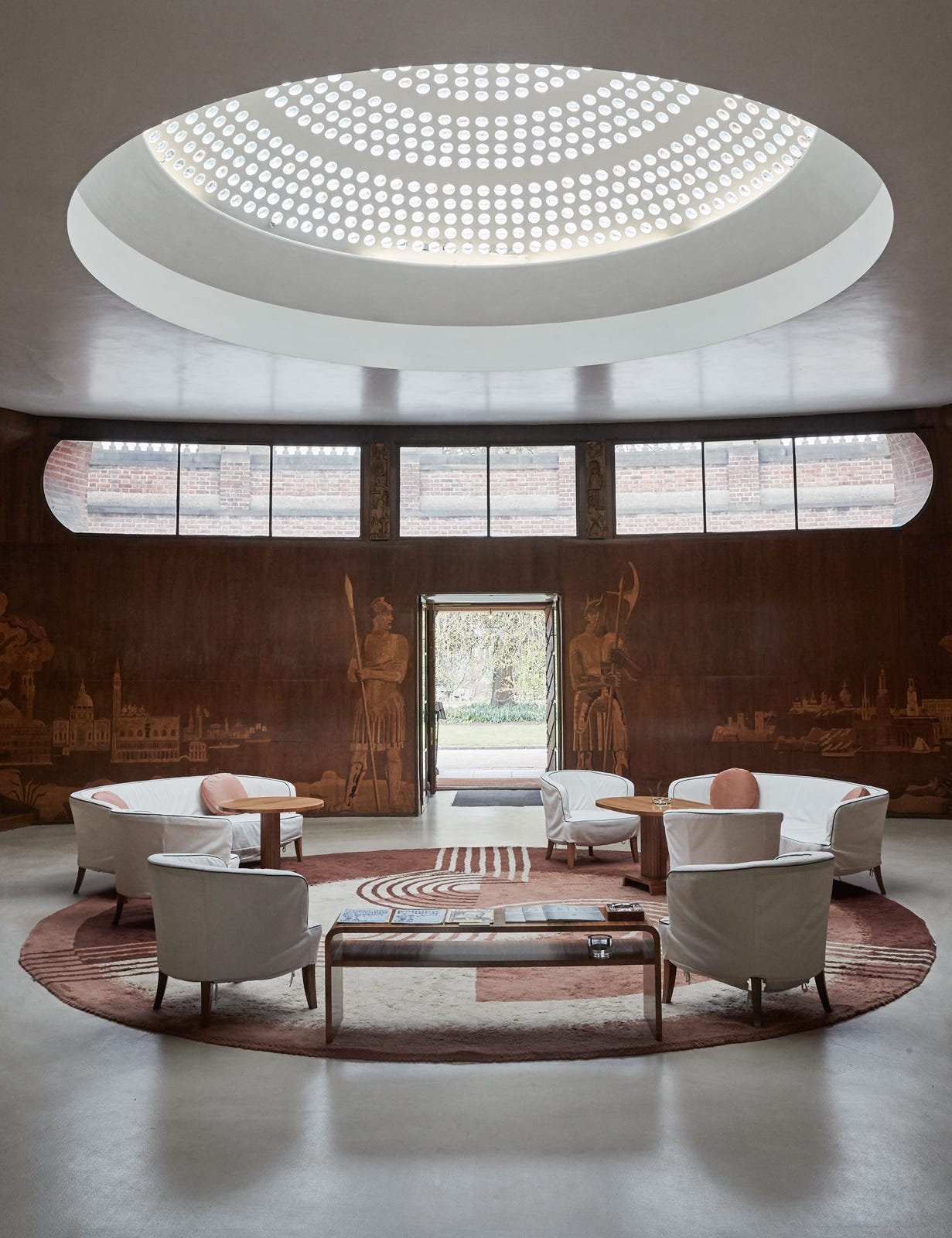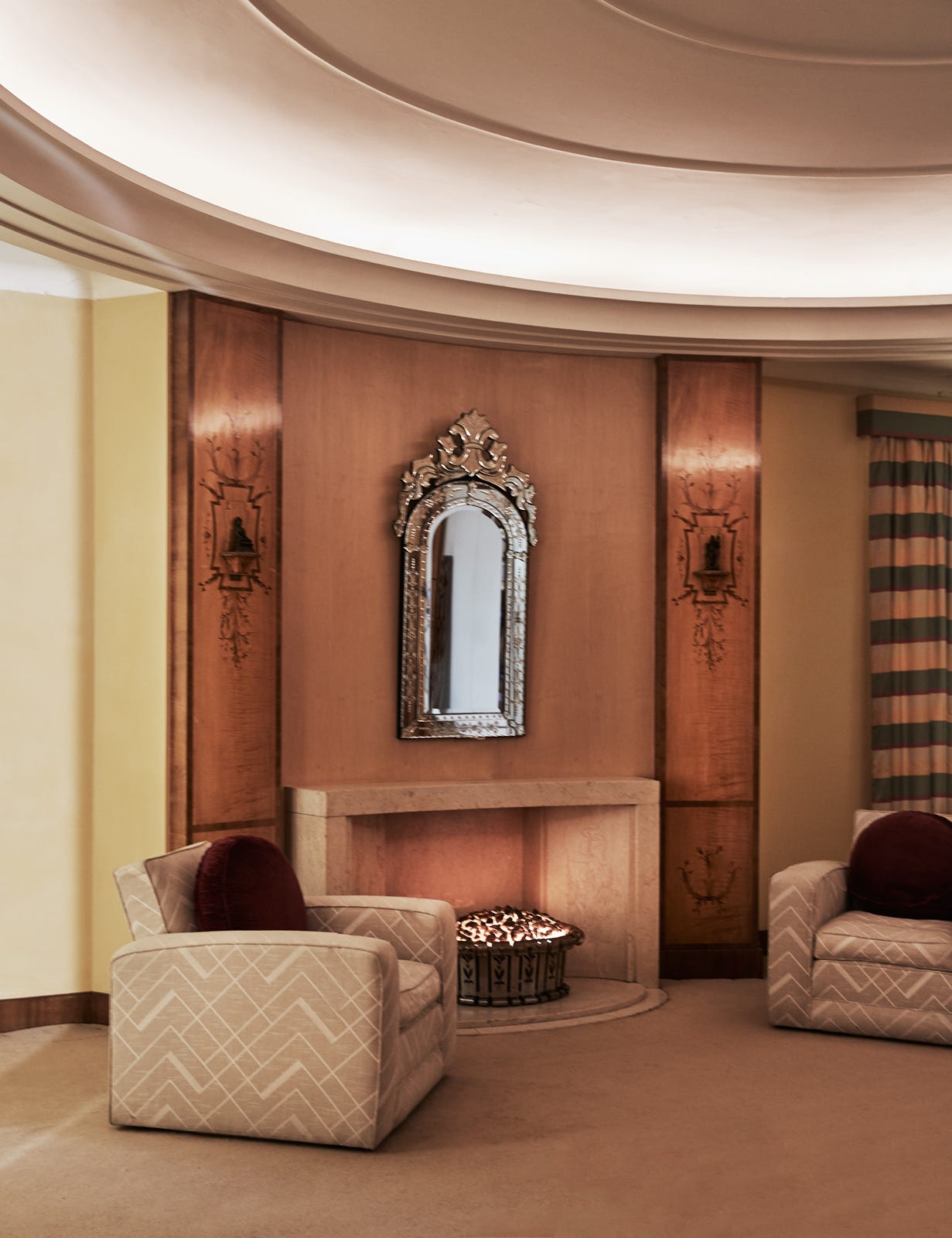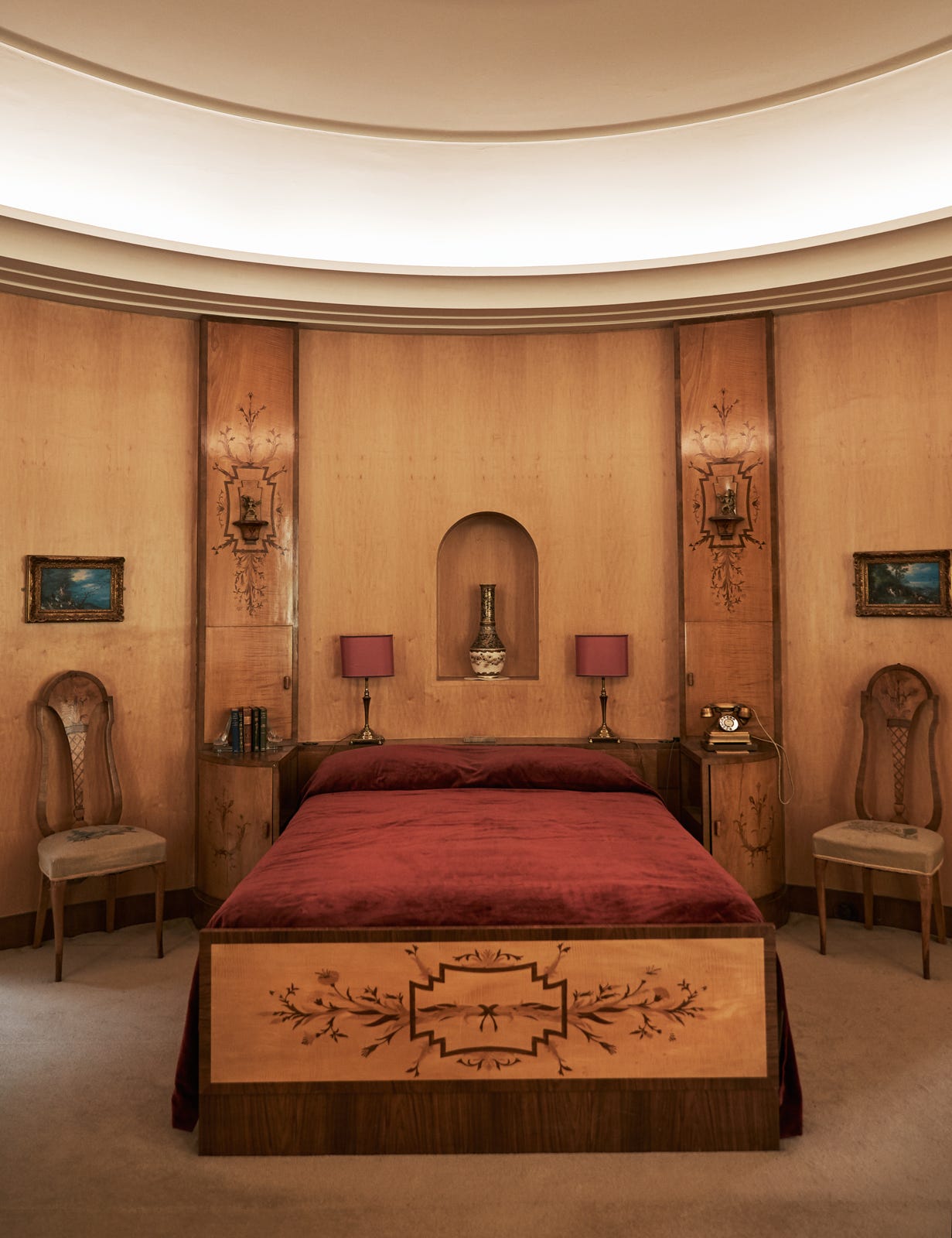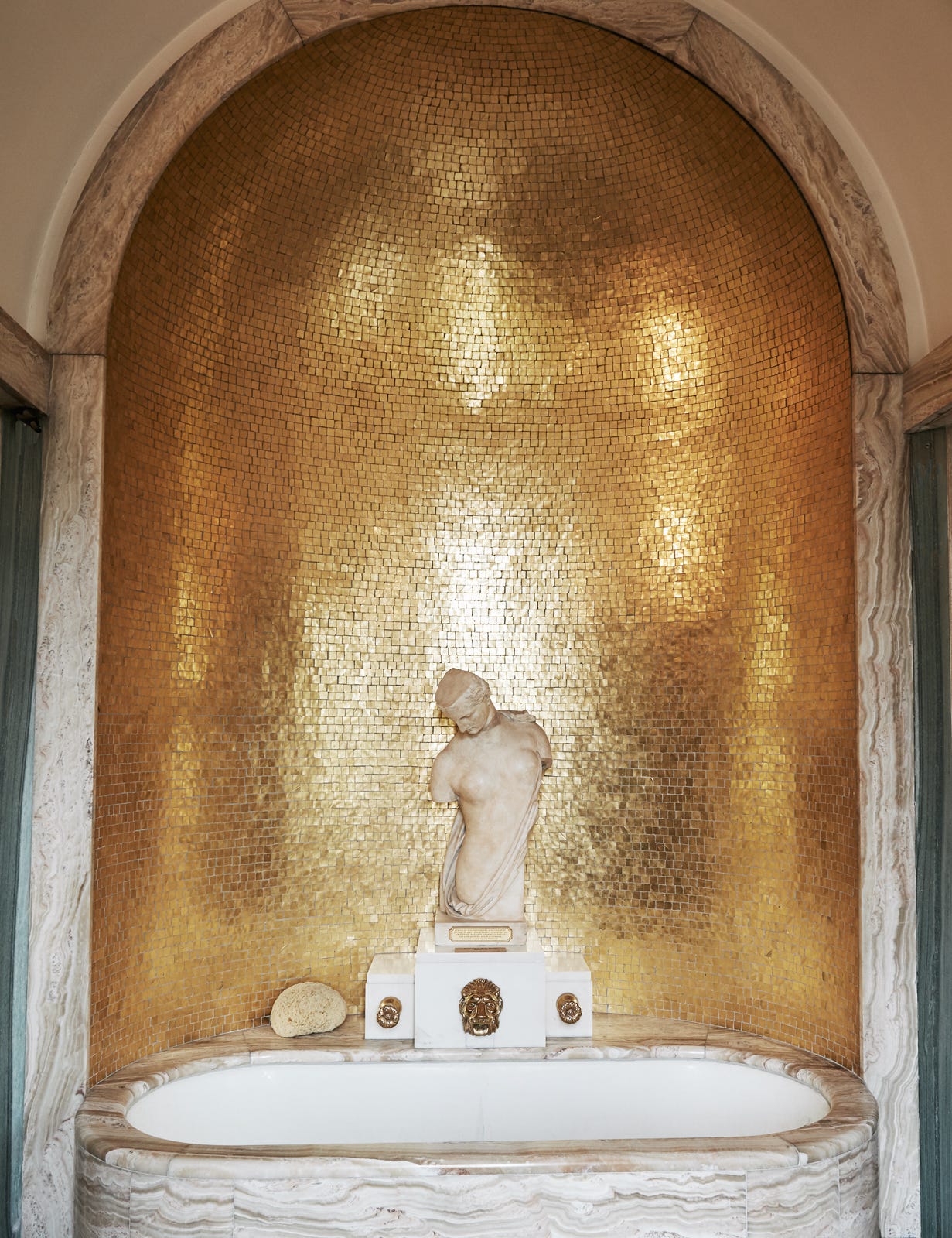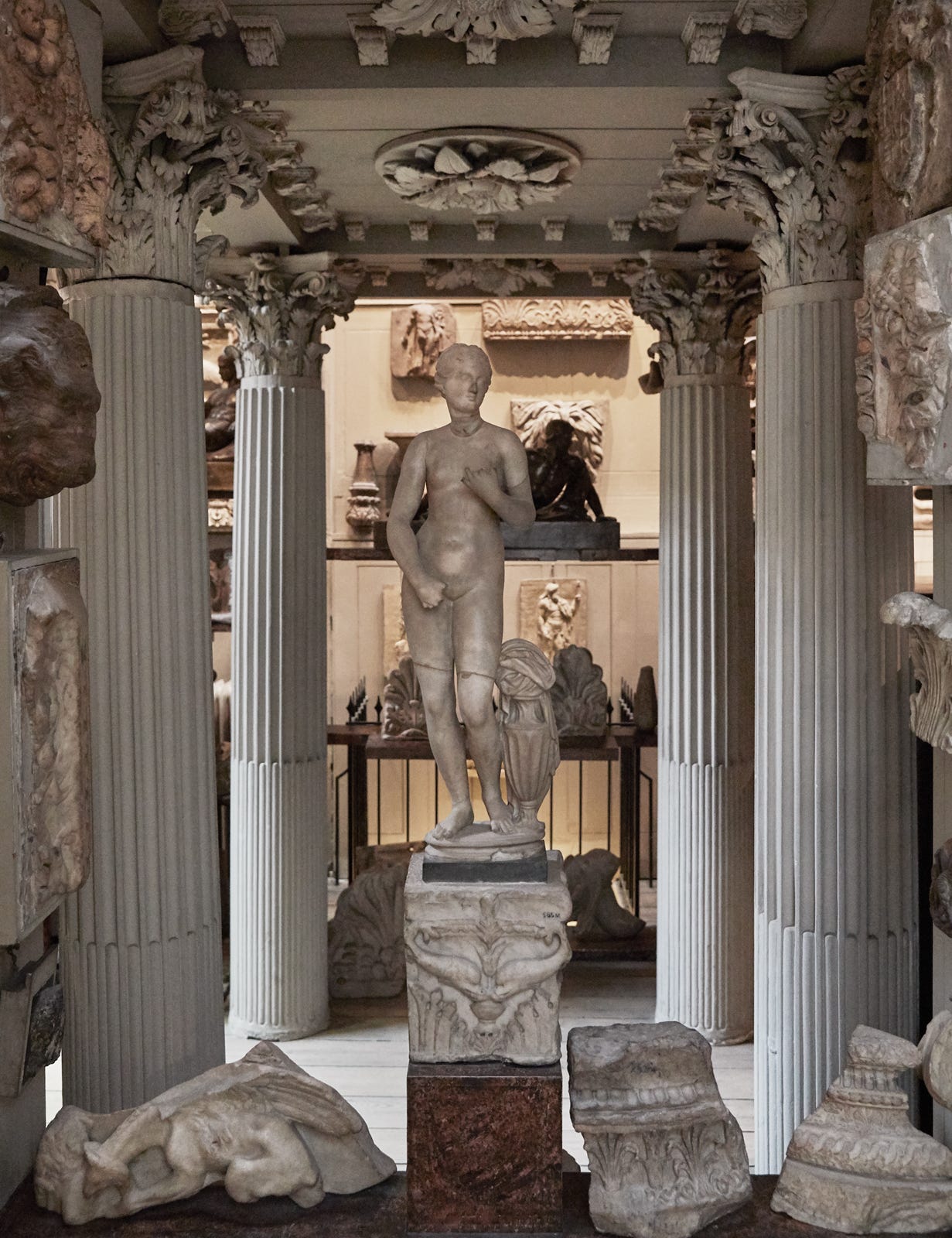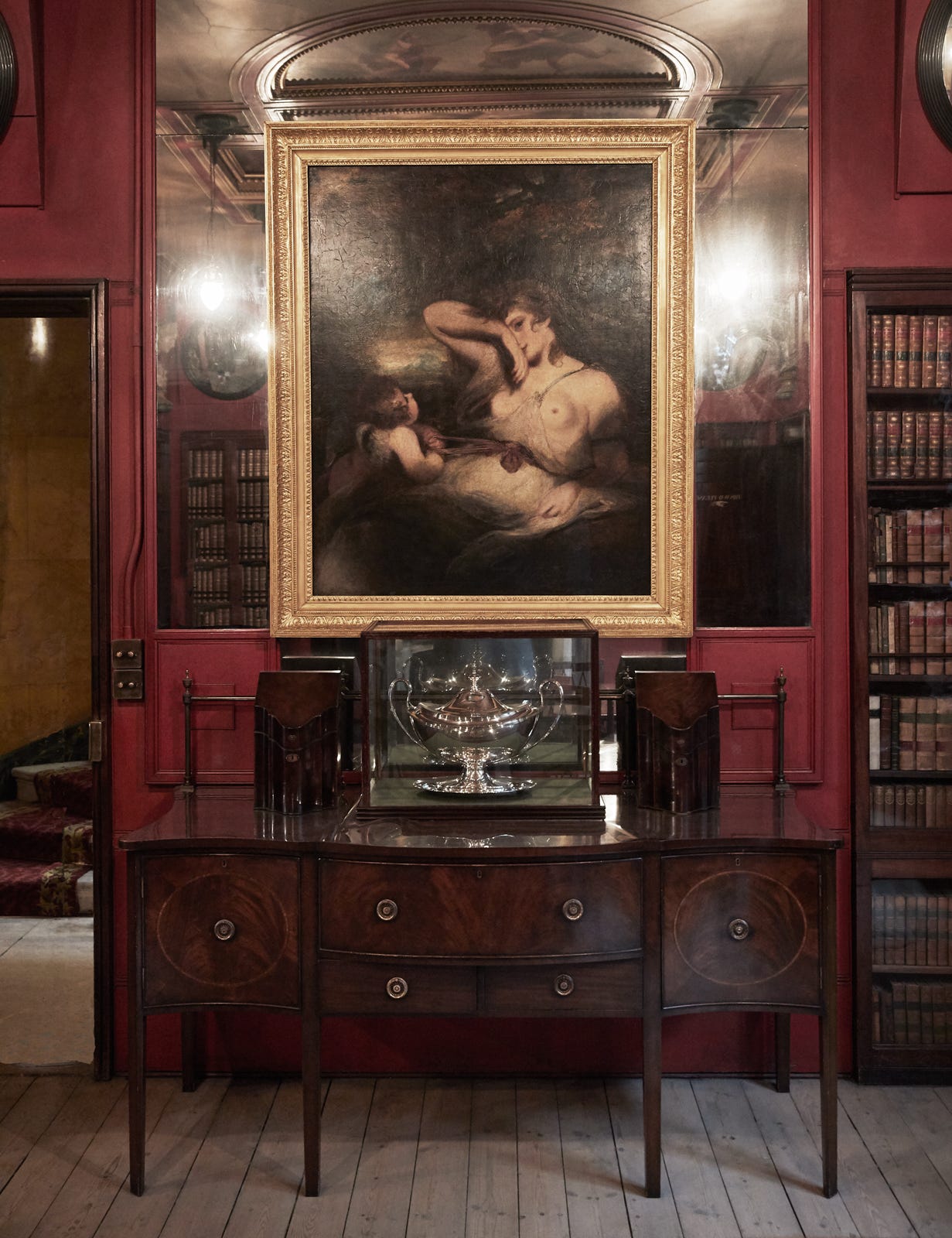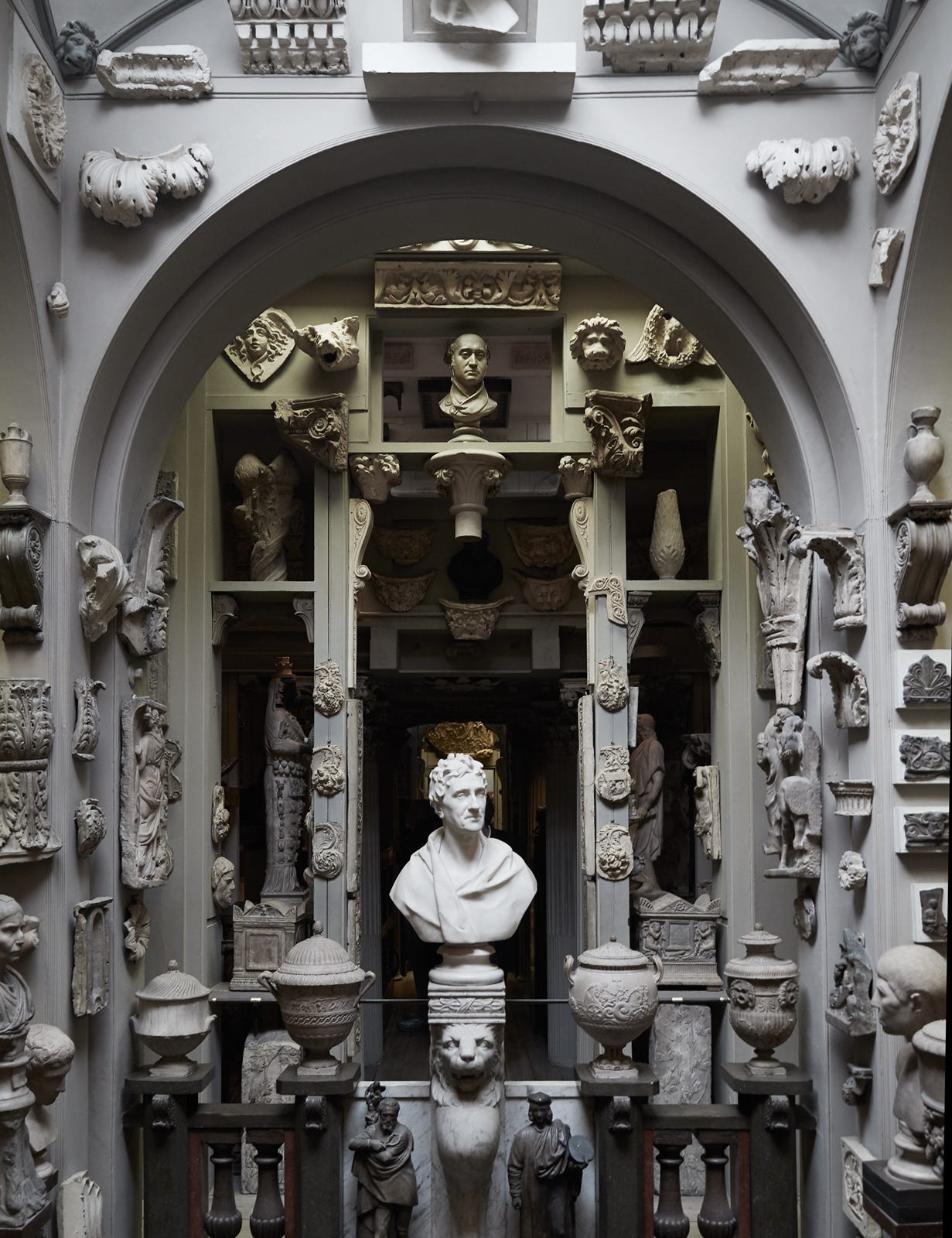Telegram: Eltham Palace and Sir John Soane's Museum / London Days
Slow down, do less, visit a museum (or two)
According to (among others) German sociologist Hartmut Rosa, modern society is above all defined by acceleration. During the last few hundred years, the ways in which we communicate, travel, and how things are produced – are happening successively quicker and at a larger and larger scale. Think of the development from horse and carriage to cars to cargo-ships and airplanes (and even space shuttles). Or how communication developed from hand-written letters, that took days to deliver from one town to another, to today’s zoom conferences, where people who are not even physically on the same continent can join each other in meetings. Today, we experience time in a way that is more accelerated than ever before in human history.
Strangely, and opposed to what scholars and politicians hoped for in the beginning of the last century, this has not lead to modern people having more time on their hands. Instead, new technologies have created more tasks and more distractions, and so stress has become one of the most widespread conditions of our time.
How fast can society go? In the mid-19th century, new fashion was introduced twice a year, for spring/summer and autumn/winter. In the 1990s, this turned into fast fashion, with a new collection every week. Today Shein and its ultra-fast fashion, with a new collection every day, is the world’s largest fashion company. Many people complain about feeling alienated, as though they have become detached from the world. It is as though with all of our new technology and social media, we are more alienated from authentic reality than ever.
We want to suggest that you make a conscious decision to slow down. Spend longer time in one place, learn about its history, and enjoy being in the moment. Visit a whole day at a museum, with your phone turned off (or at least on mute).
In London, there are two places in particular that are excellent for these kinds of leisurely excursions; Eltham Palace (not far from the city centre) and Sir John Soane’s Museum.
An Art Déco Masterpiece: Eltham Palace
Once a medieval royal palace, Eltham Palace is now the finest Art Déco mansion open for visits from the public, not only in England but possible all of Europe. Through the centuries, the palace has played host to kings and queens and international statesmen – as early as the year 1400, Henry IV welcomed Byzantine emperor Manuel II Palaiologos to Eltham to celebrate Christmas.
It is one of the few medieval royal palaces in England to survive with substantial remains intact. Initially built as a moated Tudor house, it was given to Edvard IV by Bishop Bek. Under his ownership, the house was reconstructed, and the 1470s great hall (still intact) was added. Beginning in the 16th century, the manor began declining, and for 200 years following the Civil Wars, it was used as a farm while the original buildings slowly deteriorated.
In the 1930s it was acquired by textile magnates Stephen and Virginia (Ginie) Courtauld, who wanted a semi-rural property within easy reach of central London. They contacted the architects Seely and Piaget, and the new house was built in a way that linked it to the great hall.
The Courtaulds hired some of the foremost designers and craftsmen of their time to create a range of lavish interiors and outstanding gardens. The house was decorated with the couple’s collection of art and furniture.
Visitors will first see the curved entrance colonnade, flanked by two tall, copper-clad pavilions. The green-painted steel casement windows, by Henry Hope and Son, are typical of the 1930s.
The infilled arches of the colonnade are inspired by Sir Christopher Wren’s Hampton Court Palace and the library at Trinity College.Typical features include wall surface lined with a range of native and exotic woods, the use of pale paint colours – a contrast to the strong colours favoured by the Edwardians – and ceilings designed as an integral part of the room.
The most dramatic interior is the triangular entrance hall, created by Swedish designer Rolf Engströmer: Its walls are lined with black bean veneer and decorated with marquetry, probably the largest in a private interior, manufactured by Swedish department store NK. Stephen Courtauld wanted it to depict his favourite places.
On one side of the wall; a Roman soldier in colossal format, and buildings from Florence and Venice. On the other side, the entrance is guarded by a romanticized Viking and next to it you can see Stockholm, with the City Hall in the centre. In addition, Gripsholm Castle and the Visby city-wall are depicted, showcasing Courtauld’s interest in Swedish history. Benches, sofas, armchairs, differently shaped tables, and low cabinets – everything is designed by Engströmer, which makes it one of the most significant collections of his designs today.
The dining room was designed by Italian Peter Malacrida, defined by contrasting tones and textures for effect, with bird’s-eye maple veneer walls and an aluminium-leaf ceiling. The distinctive black and silver doors depict animals and birds drawn from life at London Zoo.
Virginia Courtauld’s vaulted bathroom has walls lined with onyx, with gold mosaic tiles in the bath niche. Many of the bedrooms on the first floor are built in the “Cunard style”, made fashionable by the cruise liners of the time.
In 1944, the Courtaulds left Eltham, and the site was occupied by Army educational units until 1992.
English Heritage took over the site in 1995, restoring the 1930s house and gardens.
A Maze of Memories: Sir John Soane’s Museum
London’s Sir John Soane’s Museum is one of the world’s most peculiar museums, by the Oxford Dictionary of Architecture described as “one of the most complex, intricate, and ingenious series of interiors ever conceived”.
Visiting this house is a strange experience, as you pass one unexpected discovery after another, while the house seems to twist and turn around you.
Many research seminars have been devoted to its peculiar structure and vast collection of antiquities, furniture, sculptures, architectural models, and paintings. During his lifetime, Soane was considered one of England’s greatest architects. After his death, his home (which he had also designed) was turned into a museum.
As an architect, Soane specialized in the Neo-Classical Style and worked as a professor of architecture at the Royal Academy, receiving his knighthood in 1831. The son of a bricklayer, his upbringing was much more modest. After his father’s death, he moved to live with his older brother, who introduced him to a surveyor, after which he began his training as an architect (at the age of fifteen).
His best-known work was the Bank of England (since destroyed) and Dulwich Picture Gallery; its top-lit galleries became a major influence on the planning of subsequent art galleries and museums.
He published several books on architecture, and in 1778, embarked on his Grand Tour through continental Europe. During this trip, he not only saw Ancient Roman architecture for the first time, but he also became fluent in Italian. This allowed him to truly understand the cultural context of the ancient buildings.
Many objects are on permanent display in the museum, while others – including 30,000 architectural drawings – only can be seen by appointment (at the Research Library).


